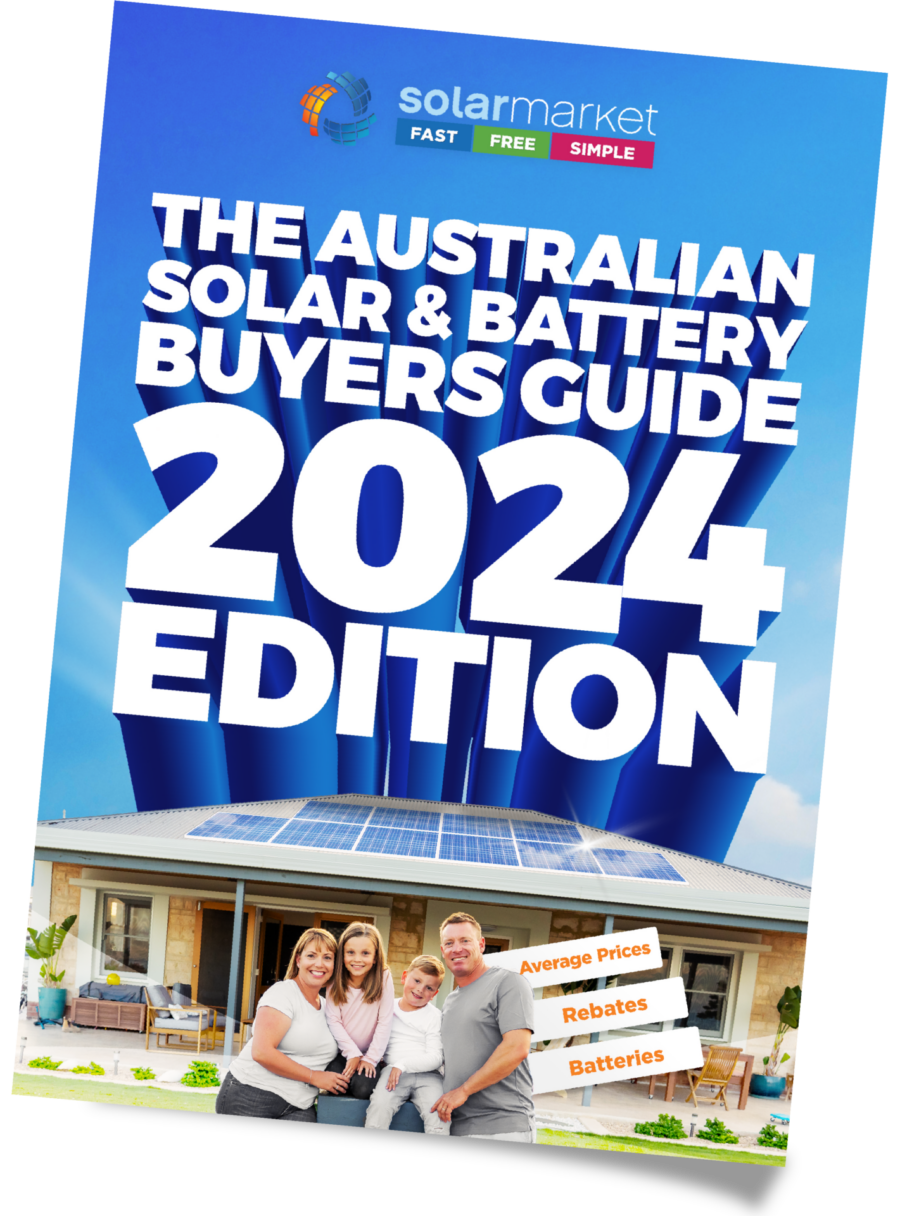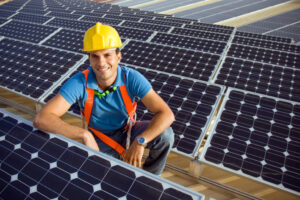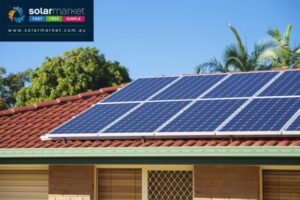You might be looking at a 3kW solar power system for your home. First of all, you’ll need to establish whether a 3kW system is enough to power your place. 3kW solar power systems were once the most popular option in Australia; they can run most appliances in a home with two or three occupants if it’s a small enough dwelling. There’s a quick and easy way to know if a 3kW solar power system will suit your home and lifestyle… and that is to check your bill! If your power bill says that you’re consuming around 200 kilowatt hours (or kWh) per month, the 3kW solar power system should work well! We’ve got a bit to cover in this one so stick with it.
What are kilowatt hours?
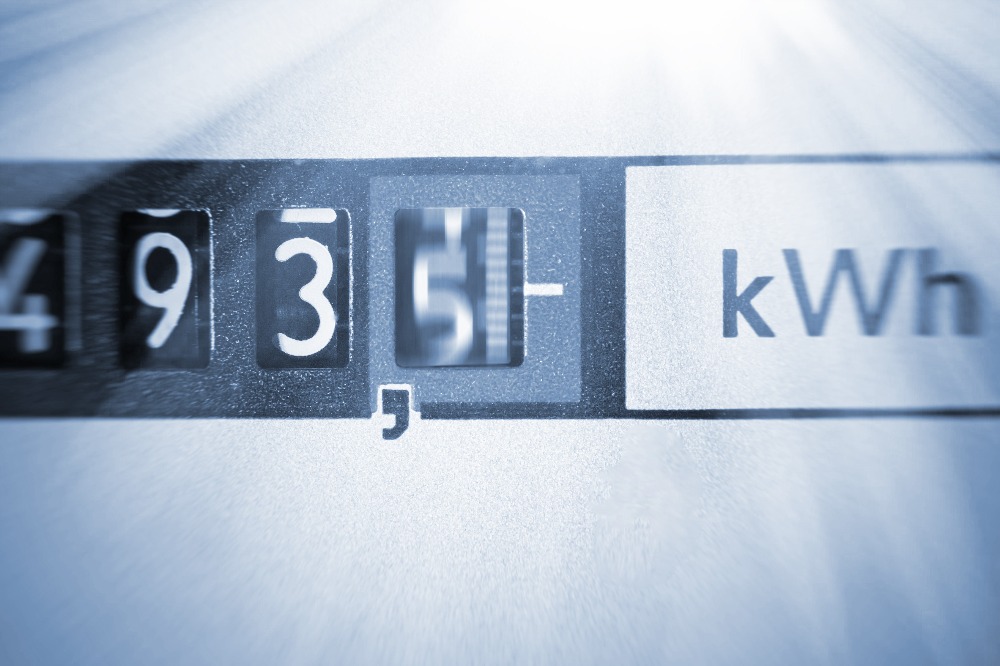 The kilowatt hours on your power bill is a great way to see how much energy you’re using. Here’s where it can get confusing, because it’s not actually a measure of the kilowatts you’re using per hour. It’s the amount of energy you’d be using if you left a 1000-watt appliance running for an hour. For example, it would take 5 hours for a 200kW electric blanket to use 1 kilowatt hour of energy. Whereas it would take one hour to use 1 kilowatt hour of energy if you were using a 1000kW microwave. Now that you’re all caught up on kilowatt hours, let’s move on.
The kilowatt hours on your power bill is a great way to see how much energy you’re using. Here’s where it can get confusing, because it’s not actually a measure of the kilowatts you’re using per hour. It’s the amount of energy you’d be using if you left a 1000-watt appliance running for an hour. For example, it would take 5 hours for a 200kW electric blanket to use 1 kilowatt hour of energy. Whereas it would take one hour to use 1 kilowatt hour of energy if you were using a 1000kW microwave. Now that you’re all caught up on kilowatt hours, let’s move on.
Will a 3kW solar power system be enough for me?
A common misconception is that if you install a 3kW solar power system, you’ll get the whole 3kW of power as soon as the sun is up. In fact, this idea can be applied to any solar power system size. However, it’s important to consider when it comes to 3kW systems because it may be just enough to power your home as it is… and if you’re not getting the whole 3kW, it may not be enough.
In reality, you’re likely to get around 80% of your system’s maximum output during summer near the middle of the day. Of course, this depends on factors like how your system is set up and where you live. So, in this case, a 3kW system may only have an output of 2.4kW at times, with a maximum of 3kW. One of the reasons for not seeing the indicated capacity power as soon as the sun is up is the sun’s positioning.
The sun’s positioning
Check out the solar output graph below. You’ll notice that solar power systems are expected to be at their most productive at and around midday.
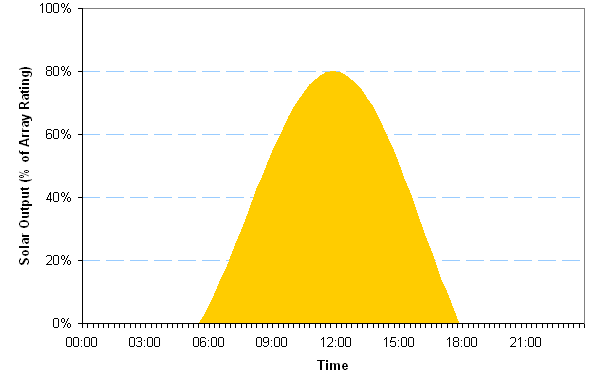
The reason we get this shape is based on the angle of the sun to your panels. In the early morning, when the sun is still rising, it’s essentially at its lowest point in the sky. In order for the sunlight to reach your panels at this time of the day, it has to cut through the most amount of atmosphere. This is important to note, because energy from the sun is absorbed when it travels through the atmosphere. So, this means that the more atmosphere it travels through, the more energy is absorbed and the less that is available for your panels to convert into electricity. At midday, when the sun is directly overhead, sunlight doesn’t need to travel through as much atmosphere. Therefore, your panels will absorb more sunlight during this time.
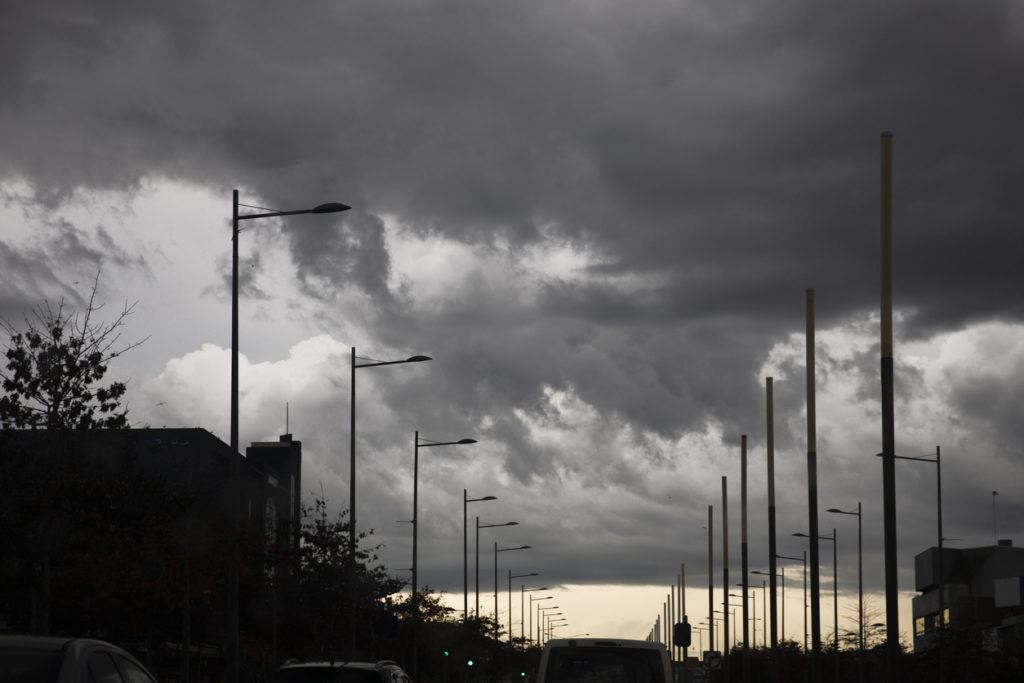 In winter, the same concept applies. However, on gloomier winter days there may be less sunlight for your panels to absorb. This can simply be explained by the sun being positioned lower in the sky than it is during summer. Furthermore, the thickness of clouds is also a factor in how much sunlight your solar panels can soak up. We may see thicker clouds in winter too and this is something else to look out for. It’s hard for sunlight to travel through thick clouds, which will affect your solar power system’s output. While we’ve looked at the sun’s positioning and how it can affect output, there’s another factor to consider when your system may not be performing at its maximum… even at midday. We’re talking about temperature.
In winter, the same concept applies. However, on gloomier winter days there may be less sunlight for your panels to absorb. This can simply be explained by the sun being positioned lower in the sky than it is during summer. Furthermore, the thickness of clouds is also a factor in how much sunlight your solar panels can soak up. We may see thicker clouds in winter too and this is something else to look out for. It’s hard for sunlight to travel through thick clouds, which will affect your solar power system’s output. While we’ve looked at the sun’s positioning and how it can affect output, there’s another factor to consider when your system may not be performing at its maximum… even at midday. We’re talking about temperature.
Panel temperature
The number one reason behind your solar power system not achieving peak performance, other than what we’ve already spoken about at, is temperature. Before we talk about temperature, we first need to talk about standard test conditions. When a solar power system size is 3kW, what that means is that your system will operate at peak performance in standard test conditions; which are simply the industry standards that solar panels are tested under before they make it onto your roof. The standard test conditions are as follows:
- A solar cell temperature of 25˚C;
- 1000 watts of light energy per square metre and;
- An air mass of 1.5 (air mass refers to the amount of atmosphere that light needs to pass through before hitting Earth. It can get complicated).
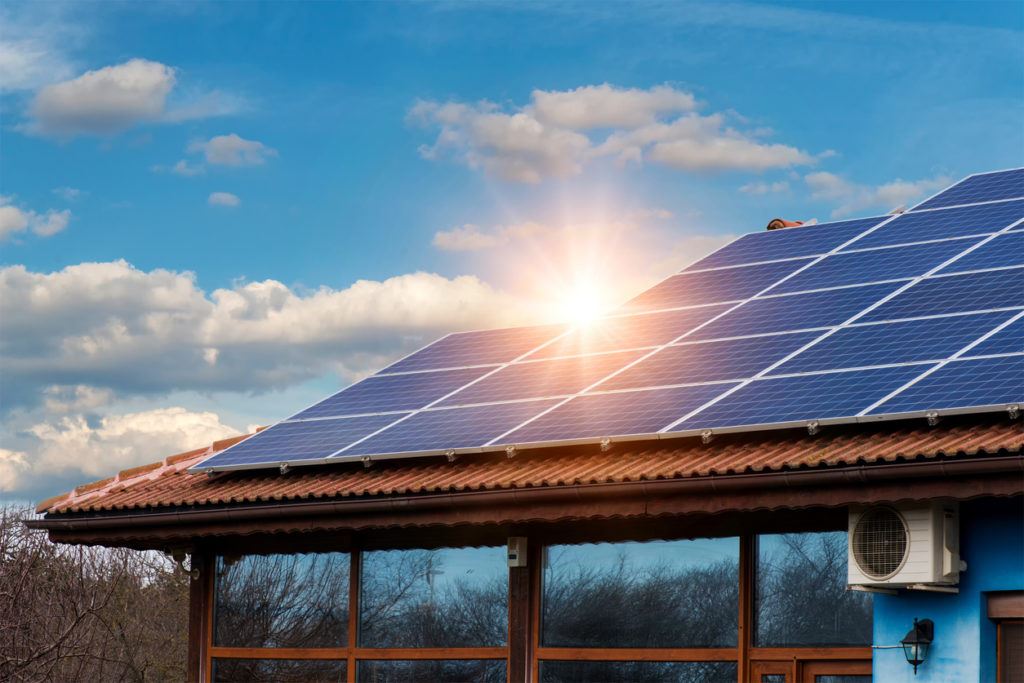 For now, we’ll just focus on the temperature. So, because panels in a solar power system operate at peak performance when cells are 25˚C, an increase in temperature will decrease the maximum output. The amount of reduction in performance will differ depending on different brands (a good reason to buy from some of the better brands and panels going). As we all know, Australia can get pretty hot in the summer-time. What you might not know is that your solar panels can reach a temperature of around 75˚C on a hot summer’s day. Pretty hot, right? At this temperature, your maximum output will be about 80% of the indicated output of your system.
For now, we’ll just focus on the temperature. So, because panels in a solar power system operate at peak performance when cells are 25˚C, an increase in temperature will decrease the maximum output. The amount of reduction in performance will differ depending on different brands (a good reason to buy from some of the better brands and panels going). As we all know, Australia can get pretty hot in the summer-time. What you might not know is that your solar panels can reach a temperature of around 75˚C on a hot summer’s day. Pretty hot, right? At this temperature, your maximum output will be about 80% of the indicated output of your system.
Let’s summarise!
A solar power system won’t immediately operate at maximum output purely because the sun is up. The position of the sun and the amount of energy absorbed by the atmosphere before it reaches your panels are two important considerations. Even during the middle of the day, your system’s output may not reach the indicated level (which was 3kW in our example). The main reason is the temperature of the panels reducing the maximum output, though it’s not the only reason. Other factors come into play here, such as roof styles, makes and orientation.
You can read more about factors affecting solar power system production here.


